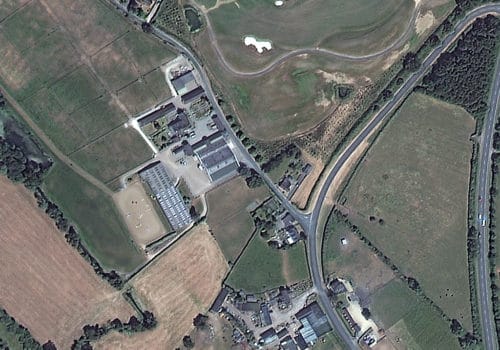
How to Buy Satellite Imagery
Satellite imagery has become one of the most powerful tools for understanding our world, capturing every detail of Earth from

Firefighting has always been a dangerous and challenging job, but the introduction of drones is changing the game. XRTech Group’s drones for firefighting offer advanced tools and technology to help firefighters work more efficiently, safely, and quickly. Whether battling a blaze in a crowded city or tackling a wildfire in a remote forest, these UAVs (Unmanned Aerial Vehicles) provide the support that firefighters need.
In traditional firefighting, reaching high-altitude areas like the tops of tall buildings can be slow and difficult. Firefighters may struggle to quickly assess the situation due to obstacles like smog, dust, or darkness. These challenges delay their response and make it harder to control the fire effectively.
Aerial drones change the way firefighting teams operate. These drones can reach high altitudes and the tops of buildings in just minutes, providing immediate support. With real-time data and thermal imaging, drones for firefighting help teams make fast, informed decisions. They can safely fly over hazardous areas, allowing firefighters to focus on saving lives without putting themselves in danger.

Overview: The Autel EVO II Dual 640T V3 is a game-changer for professionals needing both thermal imaging and high-quality video. It’s the first drone to combine an infrared imaging camera with an 8K video camera.
This UAV is perfect for first responders and business owners who need a compact and portable tool that delivers clear and detailed thermal images, helps to make informed decisions quickly.

The DJI M30 Series is versatile and high-performing, suitable for a variety of scenarios. The M30T model is particularly notable for its high-resolution sensors and extensive capabilities.

Overview: The EVO II Enterprise V3 is designed for industrial applications with a focus on advanced imaging and precise control.
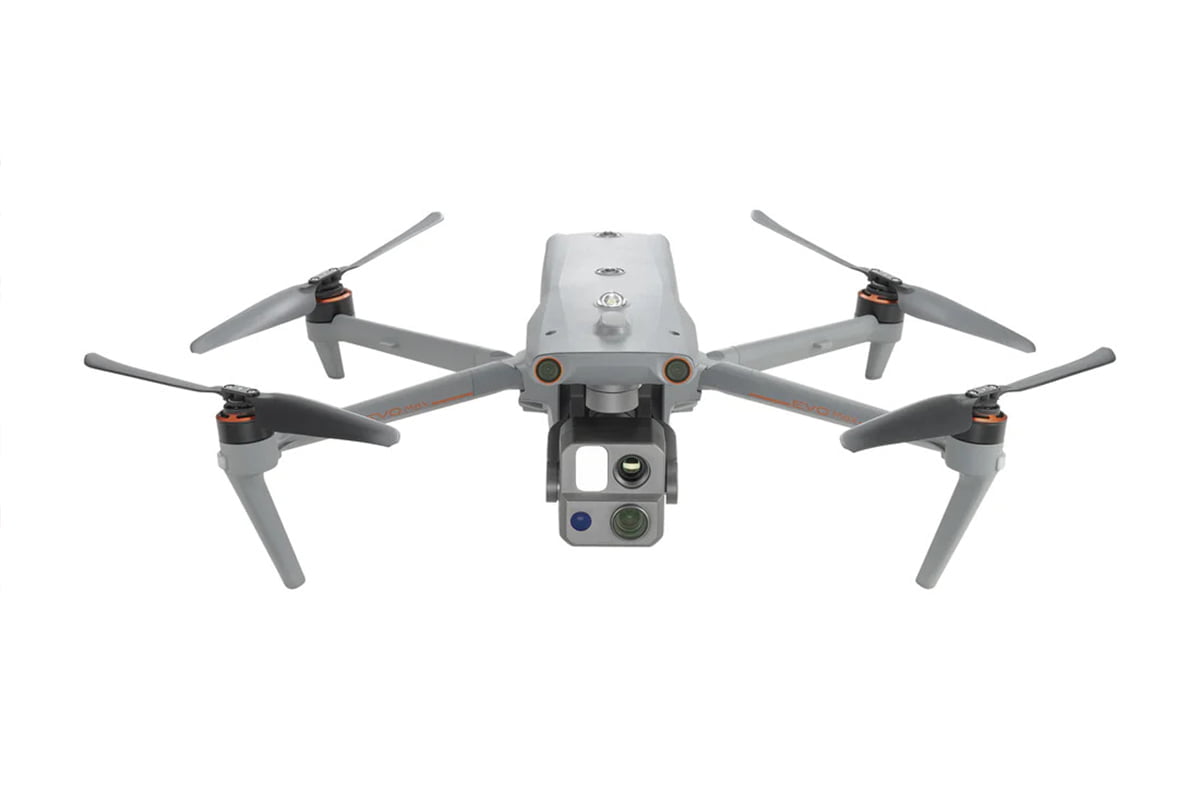
Overview: The EVO Max 4T is a cutting-edge drone designed for advanced construction tasks. It excels in complex environments with its real-time 3D flight path capabilities and obstacle avoidance.
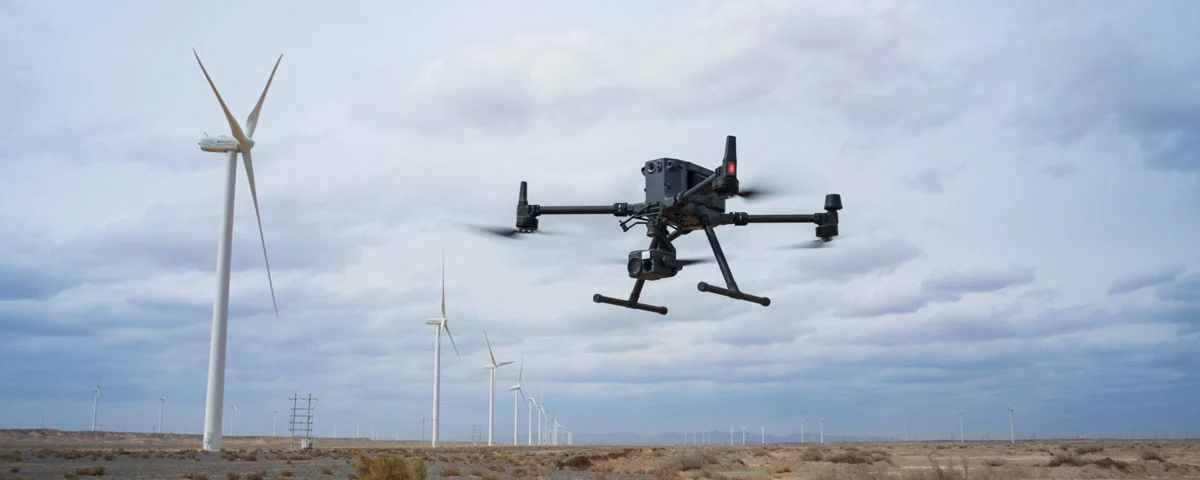
Overview: The Matrice 350 RTK sets a new standard with its enhanced features and capabilities. This flagship drone offers impressive flight time and advanced video transmission, making it suitable for demanding aerial operations.
The Matrice 350 RTK’s advanced transmission and control systems, along with its robust build, make it a top choice for professionals requiring reliable and high-performance drone technology.
Ready to enhance your firefighting capabilities? Contact XRTech Group today to learn more about our advanced drones for firefighting.
Visit our Drone Shop to explore the latest UAV solutions designed for rapid response and safety in fire emergencies.
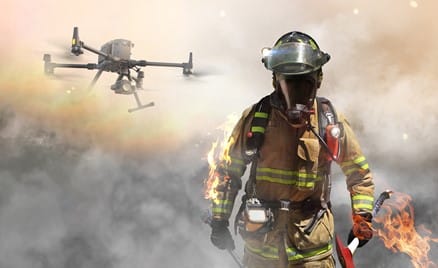
One of the biggest advantages of using UAVs in firefighting is their ability to offer a clear view of large fire areas, such as warehouses, factories, or forests. Even in conditions where visibility is low due to smog or darkness, drones equipped with thermal imaging can detect hidden fire sources. This aerial surveillance guides firefighters directly to the fire’s center, optimizing their efforts and increasing the chances of successful control.
In urban environments, aerial drones provide crucial aerial intelligence right away. They guide fire teams in real time, helping protect both people and property. These drones can navigate between buildings and access hard-to-reach areas, speeding up response times and making firefighting efforts more effective.
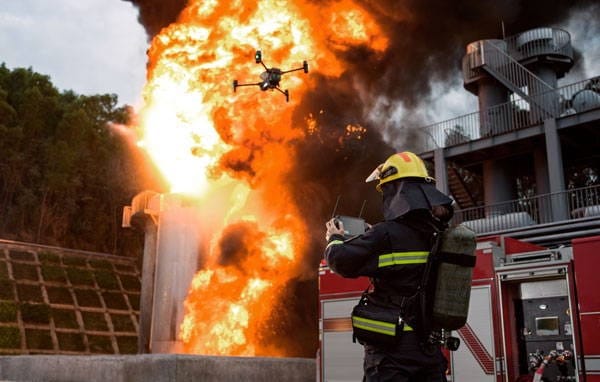
In forest firefighting, time and coverage are critical. Drones can scan vast areas quickly to identify fire lines and assess their threat level. The data they collect helps firefighters plan the most effective response. UAVs can also track the movement of the fire, which is vital for preventing its spread and protecting both the environment and nearby communities.
Handling hazardous materials requires extreme caution. Drones for firefighting can safely identify hazardous materials from a distance, keeping response teams out of harm’s way. The real-time data provided by these drones allows for swift, informed decision-making during HazMat incidents, ensuring that threats are managed without risking human lives.
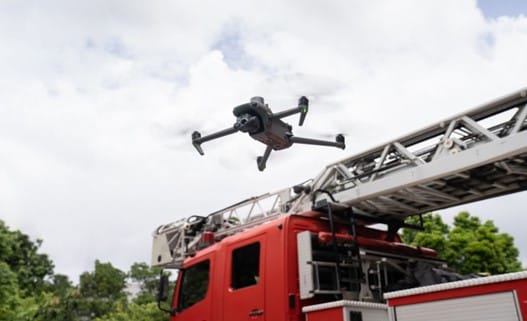
Aerial drones equipped with cameras and sensors are crucial in modern firefighting. They provide live video feeds to command centers, supporting decision-making and allowing commanders to direct teams efficiently. Quick videos and images give a clear understanding of the fire situation, ensuring that the response is coordinated and effective.
Some locations are too dangerous or difficult for humans to reach, such as cliffs, tall buildings, or dense forests. Drones can easily navigate these challenging environments. XRTech UAVs are especially useful, as they can maneuver through tight spaces, land on rooftops, or hover in place. This capability ensures that no area is out of reach, making every part of the fire zone accessible for monitoring and response.
XRTech drones for firefighting are equipped with the latest technology, including thermal imaging, long-range capabilities, and all-weather durability. These features ensure that the drones remain operational in even the toughest conditions. With continuous updates and innovations, XRtech’s UAVs will continue to lead the way in firefighting solutions.
By integrating aerial drones into firefighting, XRTech helps teams work safer, faster, and more effectively. The use of drones reduces the risk to human firefighters, making operations more efficient and ultimately saving lives.
Firefighting drones are UAVs equipped with cameras and sensors to assist in fire response. They provide real-time aerial views, thermal imaging, and data to improve firefighting efforts and safety.
Drones offer immediate aerial intelligence, helping to assess large fire scenes, plan effective response strategies, and provide real-time updates, which is crucial for protecting people and property in urban areas.
Yes, drones are excellent for forest firefighting as they can scan vast areas, identify firelines quickly, and help assess the threat and plan an efficient response to manage and control forest fires.
Thermal imaging cameras on drones detect heat signatures through smoke and darkness, allowing firefighters to locate hot spots and assess the intensity of the fire even in poor visibility conditions.
Drones can quickly and safely identify hazardous materials from a distance, keeping response teams out of harm’s way while providing critical information for managing dangerous situations.
Drones provide clear aerial views and real-time data, improving visibility in smoky or dusty environments and offering comprehensive insights for better decision-making during firefighting operations.
Yes, many firefighting drones are equipped with night vision and thermal imaging capabilities, allowing them to operate effectively in low-light or nighttime conditions to assist in fire management.
Drones can quickly access high and remote areas, such as the tops of buildings or hard-to-reach locations, making them valuable tools for assessing and responding to fires in challenging environments.
Drones are often cost-effective compared to traditional firefighting methods, such as helicopters and large ground teams, because they offer quick deployment, enhanced capabilities, and reduced overall costs.
Consider factors such as the drone’s thermal imaging capabilities, flight time, range, and ease of deployment. Consult with experts to find a drone that meets your specific firefighting needs and operational requirements.

Satellite imagery has become one of the most powerful tools for understanding our world, capturing every detail of Earth from
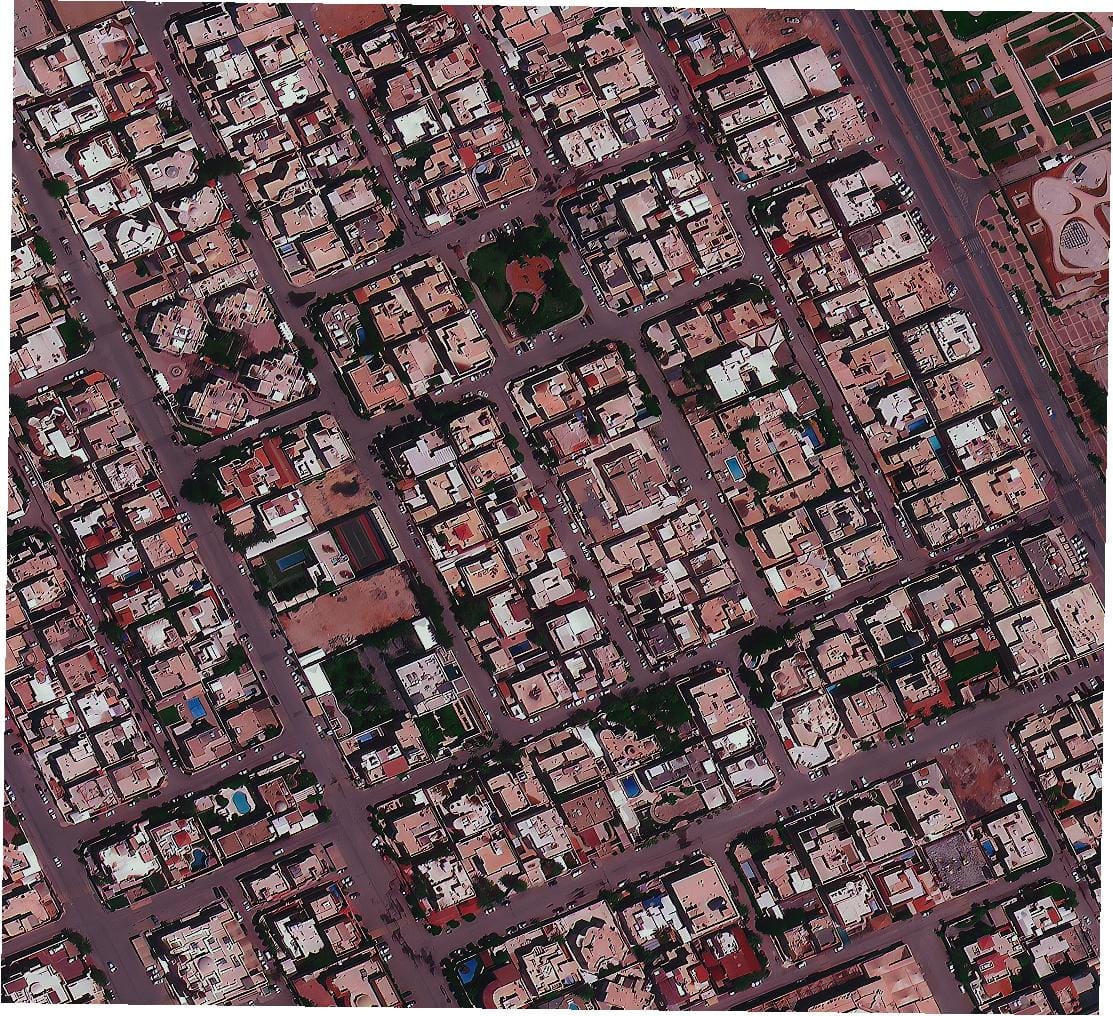
Understanding the Growing Market for Maxar Competitors Satellite imagery and geospatial intelligence have become essential for governments, industries, and research